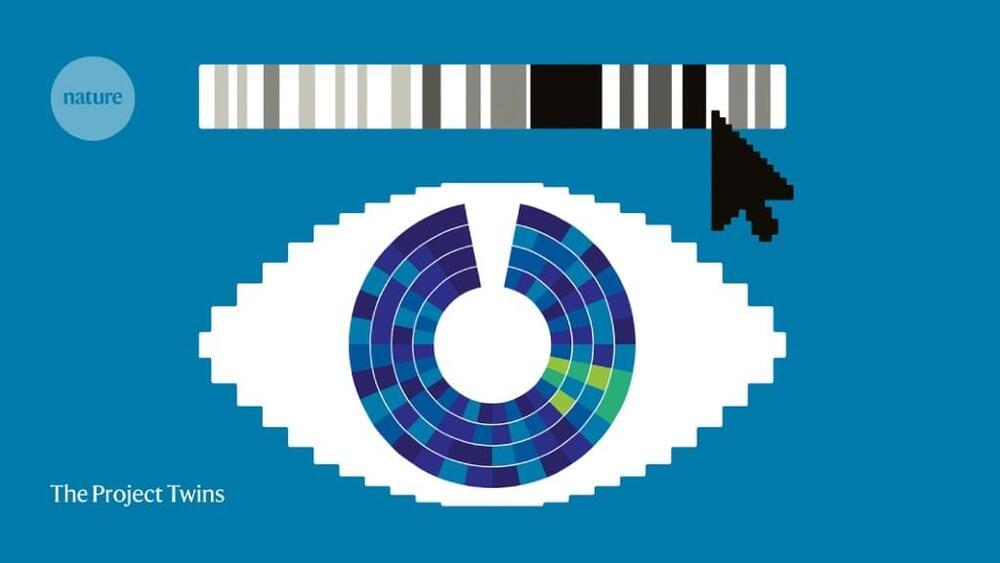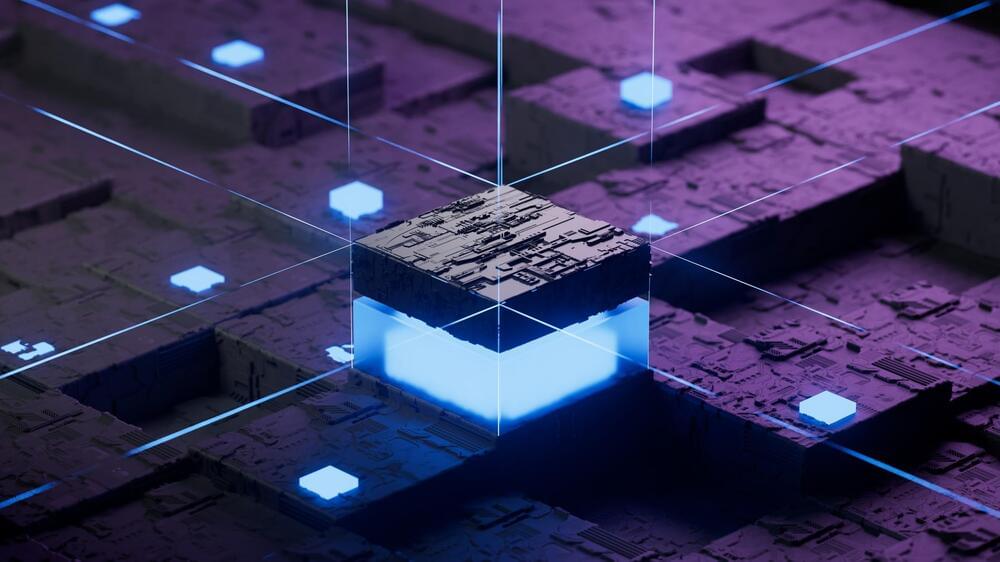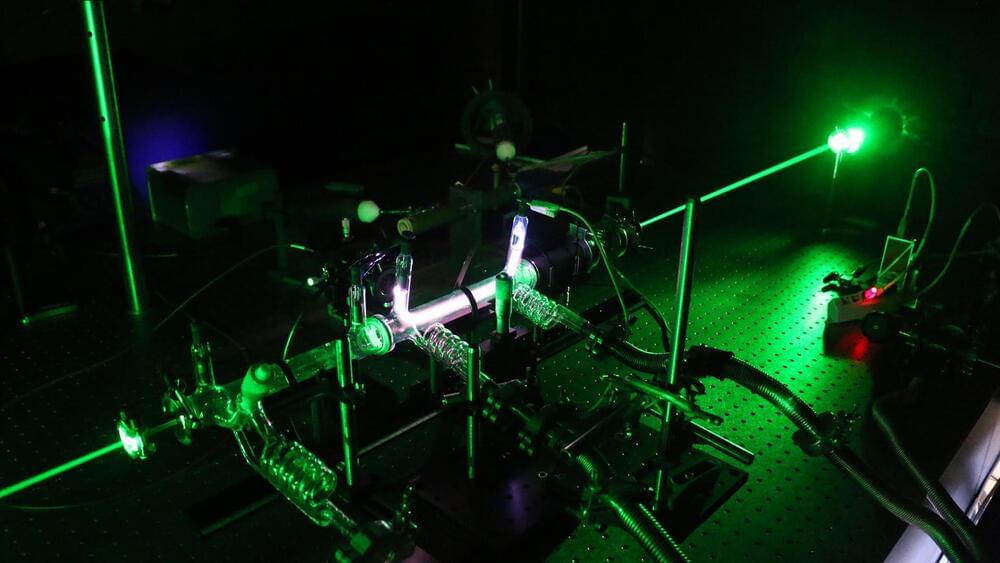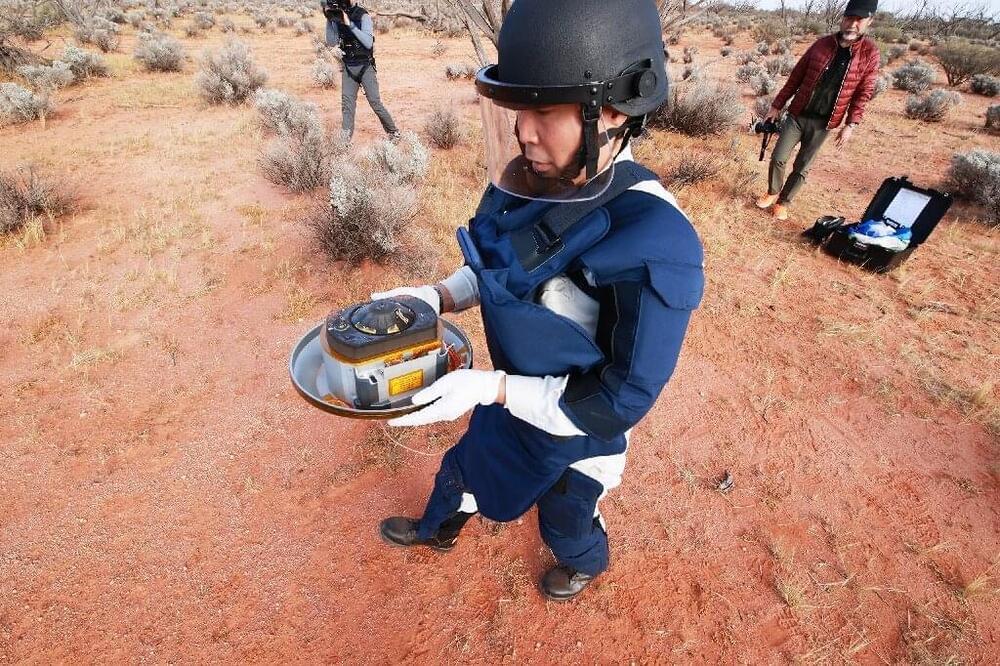The fourth state of matter can help future humans survive on Mars.
The chip is an artificial neuron, but nothing like previous chips built to mimic the brain’s electrical signals. Rather, it adopts and adapts the brain’s other communication channel: chemicals.
Called neurotransmitters, these chemicals are the brain’s “natural language,” said Dr. Benhui Hu at Nanjing Medical University in China. An artificial neuron using a chemical language could, in theory, easily tap into neural circuits—to pilot a mouse’s leg, for example, or build an entirely new family of brain-controlled prosthetics or neural implants.
A new study led by Hu and Dr. Xiaodong Chen at Nanyang Technological University, Singapore, took a lengthy stride towards seamlessly connecting artificial and biological neurons into a semi-living circuit. Powered by dopamine, the setup wasn’t a simple one-way call where one component activated another. Rather, the artificial neuron formed a loop with multiple biological counterparts, pulsing out dopamine while receiving feedback to change its own behavior.
Powerful ‘grammar’ allows geneticists to display their data in interactive and scalable illustrations.
Even the simplest human tasks are unbelievably complex. The way we perceive and interact with the world requires a lifetime of accumulated experience and context. For example, if a person tells you, “I am running out of time,” you don’t immediately worry they are jogging on a street where the space-time continuum ceases to exist. You understand that they’re probably coming up against a deadline. And if they hurriedly walk toward a closed door, you don’t brace for a collision, because you trust this person can open the door, whether by turning a knob or pulling a handle.
We’re talking fuels and fertilizers required for the development of life-support systems on the Red Planet.
In 2015, Vasco Guerra, from the University of Lisbon, happened to attend a lecture by Professor Dava Newman, director of the MIT Media Lab and a former deputy administrator of NASA, on space exploration and the forthcoming NASA missions. Back then, Guerra was leading a project on plasma reforming of carbon dioxide on Earth — how CO2 could be a potential raw material to produce fuels with the help of green energy.
Scientists have been working on plasma technologies to split CO2 into oxygen and carbon monoxide, primarily prompted by the persistent problems of climate change. international team of researchers have introduced a plasma-based method that could convert carbon dioxide into oxygen and produce fuels on Mars.









